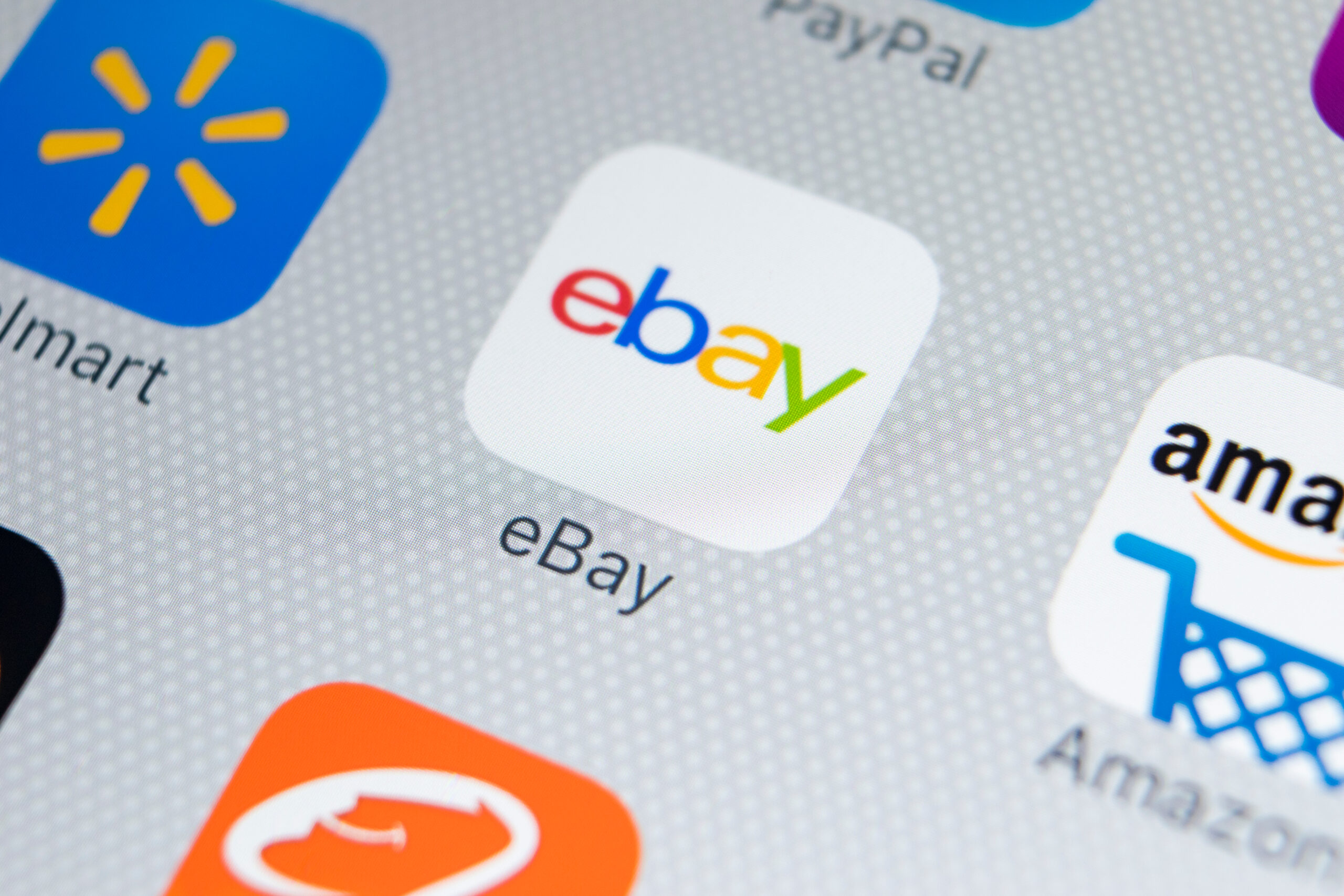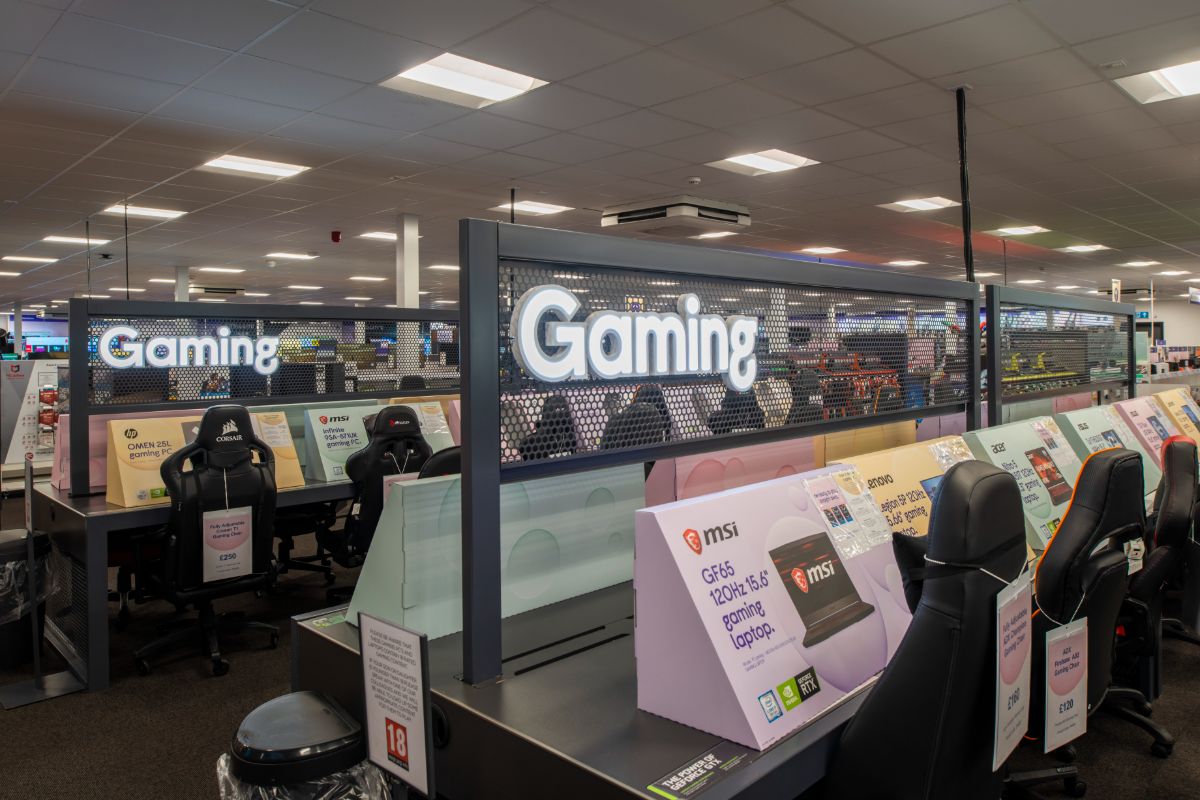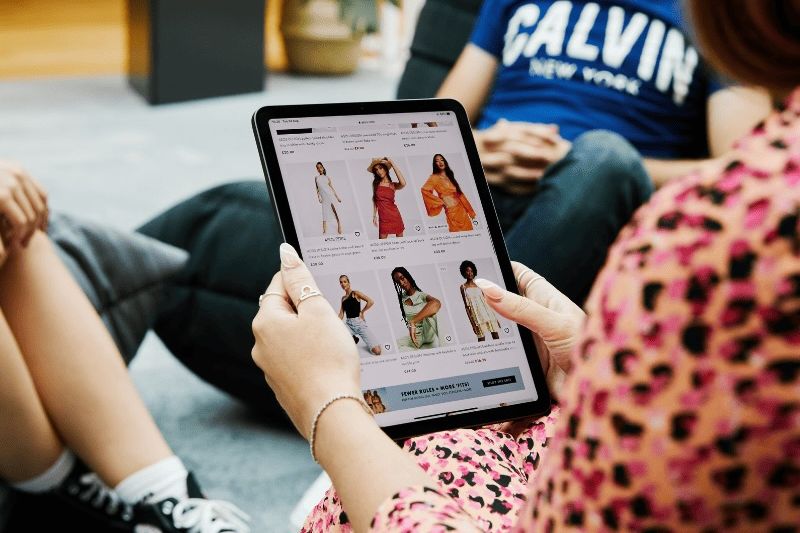In the latest in our series of ecommerce and multichannel predictions for the year ahead we consider how the ongoing pandemic could impact the wider retail landscape in 2022.
Ecommerce growth will normalise, but omnichannel will soar
Ecommerce growth will normalise, but omnichannel will soar. The impact of the pandemic will continue to be felt keenly, and will influence and normalise new shopping habits, as well as continue to fuel the adoption and expansion of omnichannel retail in 2022. Consumers will be demanding convenient, hybrid shopping experiences across in-person and online channels. Those retailers that create and enhance compelling customer experiences, from transparent costs at checkout, through to seamless shipping and delivery, across both physical and digital spheres will reap the rewards.
Alex Baulf, Senior Director, Global Indirect Tax at Avalara
Hybrid lifestyles will be consolidated in the next year, and we expect to see an increased reliance on digital communications for older demographics remote over 30s
The move from pandemic to endemic is an important shift and will have a notable impact on customer engagement. This change will be felt as we experience more new variants and subsequent periods of re-socialisation – and consumer behaviour will be driven by these patterns as we learn to live with the disease. From this we’ll see three main camps emerge: those who want to return to how things were, those who embrace a hybrid lifestyle and others who adopt a purely remote way of living.”
Age is a large determining factor driving this changing consumer behaviour. In many cases, it’s younger people who want to return to cities for that socialisation they’ve missed out on this past year, whilst slightly older groups are feeling the benefits of hybrid or remote working more as they have more flexibility to manoeuvre their working lives around families and other commitments. These two groups will be further consolidated in this next phase of the pandemic. Hybrid lifestyles will be solidified with new, flexible commuting patterns while remote lifestyles will become more normalised as families move out of cities and become full-time work-from-home employees.
Younger demographics have historically driven digital adoption. If you look at social media, for example, it’s the 18-35 year olds that make up 80% of users in the UK. Yet while this age group will continue to lead the charge in embracing newer inventions, we’ll see older demographics start to adapt more to the everyday use of technology to support increasingly hybrid lifestyles. From here, we’ll see greater integration of technologies like digital communications tools to facilitate these lifestyles, so people can work more flexibly and efficiently in the way they choose. Overall, this will increase the prevalence of technology in all of our communities.
Paul Adams, senior director at cloud communications platformTwilio
Rebalancing the supply chain post pandemic
Once peak season 2021 is over there will be a significant rebalancing of the supply chain. The frailties of just-in-time models have been exposed over the past two years and, with global supply chain disruption expected to extend throughout 2022, companies have recognised the need to add contingency to ensure customer commitments can be met.
The need to increase stock holdings will put further pressure on already stretched warehouse space and compel companies to think carefully about where best to locate resources. Micro-warehouses are likely to pop up in towns and cities across the UK; while larger companies will also look again at global distribution strategies in a bid to overcome disruption issues and ensure products can be fulfilled closer to the customer.
Emma Demspey, CEO of James and James Fulfilment
Predictable Covid-19 Era Performance in retail
For the first time in three years, retailers and restaurants will be able to predict with some assurance what their comparable sales growth will be. Since the beginning of the pandemic, and due to the associated closures, consumer behaviour changed; making forecasting exceptionally challenging.
However, although there will be ongoing outbreaks and mutations from Covid-19, which will have an impact on consumer shopping habits and demand, these will now be anticipated by retailers and will be relatively predictable.
Dave Huntoon, Managing Director at Intalytics, a Kalibrate company
If 2021 was the year of empathy, 2022 will be the year of transparency
Incredibly, 76% of consumers prefer to do business with a brand they have an emotional connection to. And emotional connection requires trust. In the last year, consumers have faced information overload. It’s difficult to keep up with new developments in Covid-19 news, resource shortages, and supply chain issues. Marketers have a unique opportunity to assuage confusion and gain trust and clout, by communicating consistently and proactively with consumers.
At the end of the day, marketing is meant to form connections and drive emotion. To accomplish this, you need to be able to reach consumers, and ensure the messages you are delivering are catered to the individual preferences and expectations of customers or users. That’s where mobile and data can come in. It’s the medium and mechanism that can enable deeper, personalized connection.
Jeff Samuels, chief operating officer, Iterable









